F
f350ca
Forum Guest
Register Today
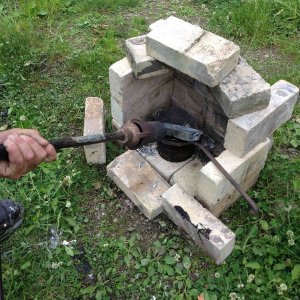
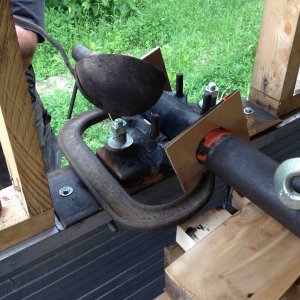
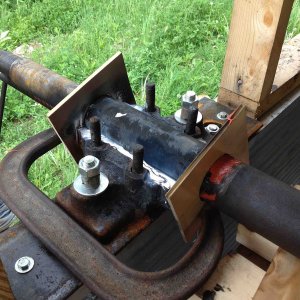
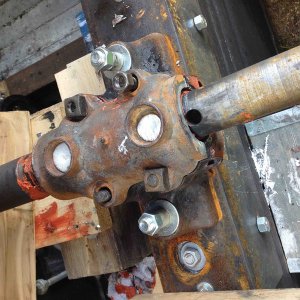
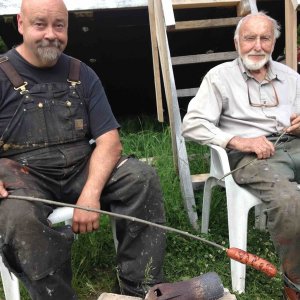
Don't have any broaches, or a press big enough to get the gear in so the shaper came to the rescue again.
About the limit for my little Logan shaper. Bolted a 5x5 angle to the table then clamped the gear to that. The bottom was sitting on the pad for the table support.
Getting the 260 pound shaft balanced and aligned on the mill was interesting. Used a Starret height transfer gauge with the pins along the front edge of the table and a test indicator on the stem.
A 1/2 inch key fitted.
Greg
You are doing some amazing details with your talent! Question please, when you poured the babbitt into the bearing mounts/caps, did you tin them first? And if so, how did you tin them? Are the bearing mounts made out of cast iron? I’m not having the best luck in tinning cast iron. Thanks in advance, Dave.This is making me feel really old but its been about 40 years since I poured a babbitt bearing when I worked summers in the steel mill.
Kind of like riding a bicycle though.
The last time we used an oil based putty to dam the bearing, not having that available I tried high temp silicone, worked like a charm,
Made up a shield out of fire brick to keep the heat from the 200,000 but propane torch around the ladle.
The shot isn't staged, don't know why the flame doesn't show up.
Warmed the babbitt till a pine stick goes brown in it as I remembered, but also checked it with an heat gun, new technology, around 650 Fahrenheit.
Thanks for watching,
Greg
